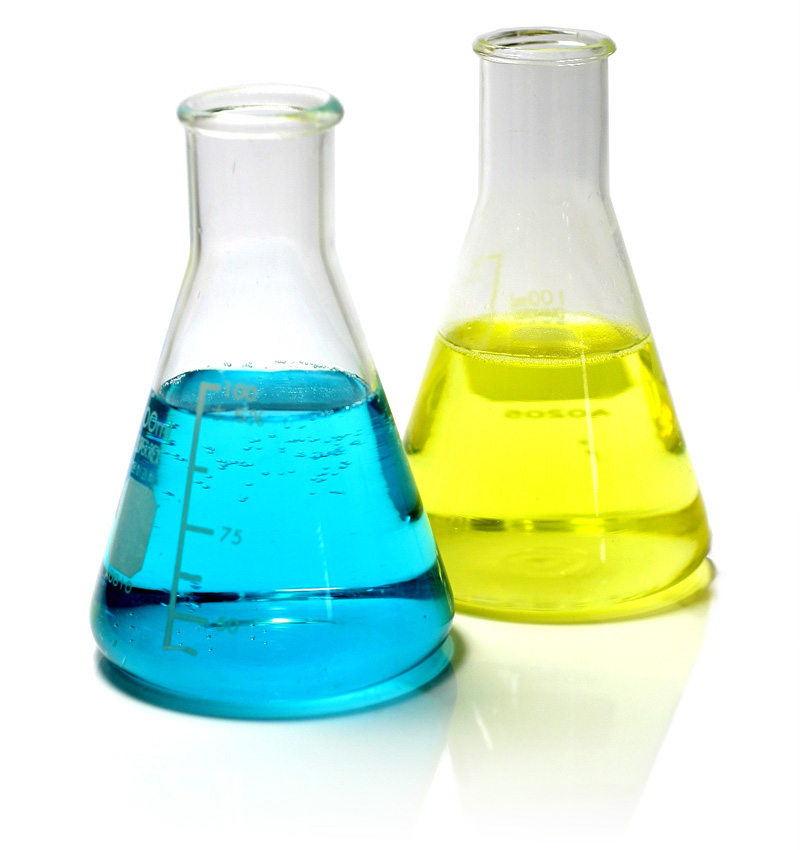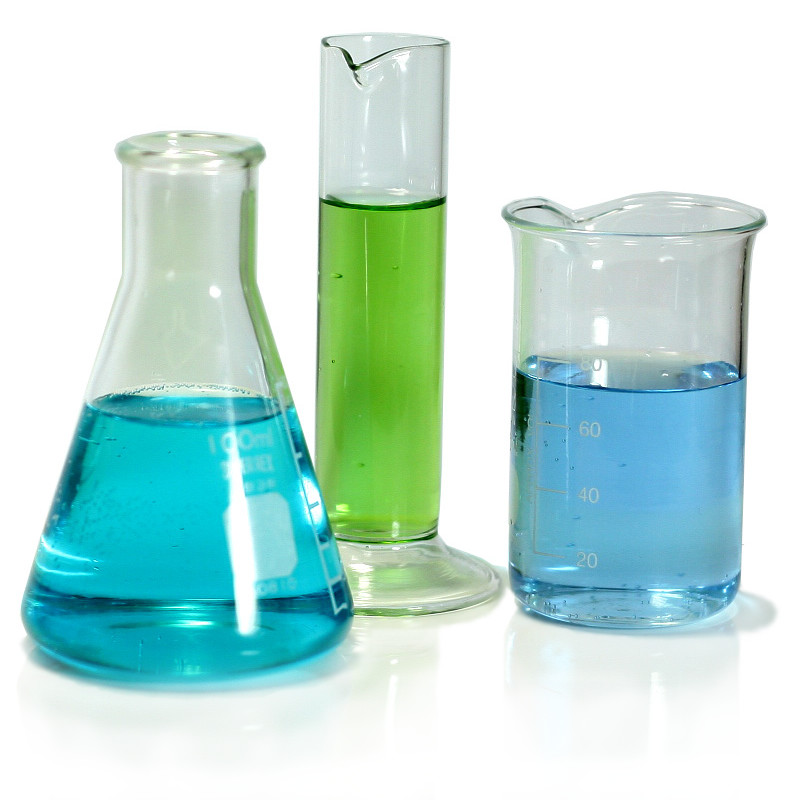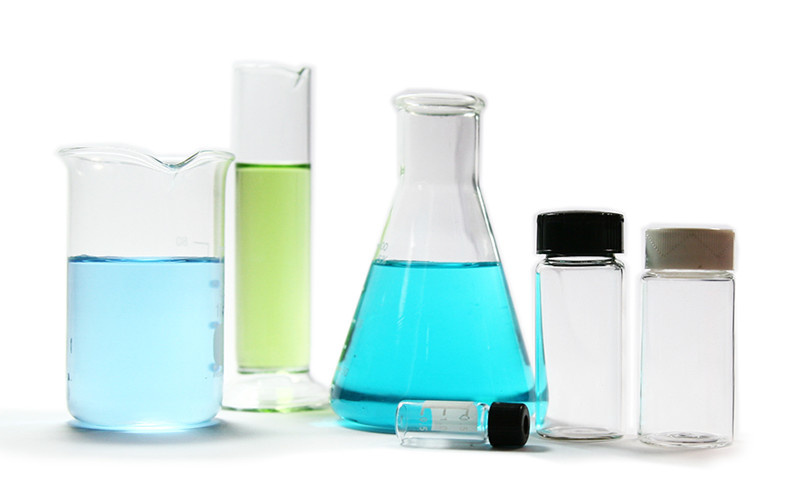Technical Papers
Thermal and Oxidative Stabilities of Hydrocarbon Vacuum Pump Oils
The predominant mechanism by which oils degrade or wear out in use is oxidation. Most lubricants have a higher level of thermal stability than oxidative stability. Thermal stability is dependent primarily on the chemical structure of the base stock. Oxidative stability is generally obtained by the use of an additive.
Studies have shown that oils oxidize through a carbon-carbon bond to form a peroxide which in turn forms a carbonyl as a primary oxidant product. The subsequent reactions of the primary oxidation products form condensation polymers which are precursors to sludge and deposits. The primary difference among these oils are the rates of these reactions. Vacuum pump oils are being subjected to ever-increasing thermal stresses.
The role of the lubricants thermal and oxidative stabilities is becoming an important factor in the ability of vacuum pump oil to survive at higher temperatures in oxidizing environments.
Thermal Stability
It is unfortunate that literature is often not explicit concerning the term thermal stability. It is sometimes used interchangeably with thermal-oxidative stability. However, the proper definition is reserved for processes occurring in the absence of oxygen.
Mechanism
In the case of hydrocarbons and most other fluid classes, thermal decomposition or pyrolysis proceeds through a free-radical chain reaction process yielding many products. Free radicals are organic fragments containing an unpaired electron, and are produced by homolysis (breaking) of the carbon-carbon bonds. These radicals can be generated by mechanical processes and thermal energy.
These radicals are highly reactive and start chain reactions by abstracting hydrogen atoms from the parent hydrocarbon.
This chain sequence will continue until the radicals are destroyed or all the reactants are consumed. Hence, a single reaction can bring about many changes in thousands of molecules. Radicals may be destroyed by recombination or through disproportionation reactions. Radicals themselves may also fragment producing new radicals and unsaturated species. These reactions are analogous to industrial cracking.
The most general change in properties of the oil is an increase in vapor pressure of the system. These reactions also produce higher molecular weight products which have higher boiling points. The formation of the higher molecular weight products is important as these products are generally believed to cause viscosity increase, acidity increase, varnish and sludge formations.
References
William R. Jones : NASA Lewis Research Center
E.E. Klaus : Pennsylvania State University
Stephen M. Hsu : National Bureau of Standards
This information is derived from papers presented at an international conference sponsored by NASA Lewis Research Center.
How do you lower costs for vacuum pump oil?
Buy a product that lasts longer while still lubricating well and producing excellent vapor pressure characteristics!
INTRODUCING The PREMIER LINE of SEMI-SYNTHETIC VACUUM PUMP OILS
Worldwide market conditions drive the need for advancement in technologies in all industries.
Cambridge Mill Products, Inc. has developed a new line of semi-synthetic hydrocarbon vacuum pump oils that tests prove have far superior resistance to oxidation and breakdown which provide longer service life without sacrificing proper lubrication and vapor pressure capabilities.
These new products developed with state of the art anti-oxidation packages exhibit properties similar to or better than many brands of full synthetic hydrocarbon fluids at a much lower cost and give the consumer a product far better than a standard hydrocarbon oil at a reasonable cost.
The use of these semi-synthetic products will allow you to change your oil less frequently reducing the amount of vacuum pump oil you purchase and saving money spent on labor for these oil changes.
The use of a semi-synthetic product is the right way to lower your overall costs rather than using a lower quality oil which needs changed more frequently and can result in more repair or replacement of your vacuum pumps and greater downtime.
These new products utilize the highest quality base stocks with high molecular weights and viscosity indexes and have a very high strength anti-oxidant package blended into them under high vacuum molecular distillation.
NEW SEMI-SYNTHETIC PRODUCTS
MAXVAC – ENDUROIL 60 – CMP 19,20,70 ULTRA HT
RBOT Testing Data Procedure
CMP contracted with an independent testing laboratory to perform modified RBOT tests ASTM procedure D-2272 to determine the oxidative stability of each lubricant tested to give you the customers an idea of the quality comparison of competitive products and help you choose the best product.
This procedure employs a method to achieve rapid oxidation of the lubricant tested and measure the total minutes to destruction, the change in viscosity at 40° C. and the increase in acid number in the oil layer.
Using this method you can evaluate and compare the oxidation resistance and degradation characteristics of the oils tested and how they may perform in your vacuum pump.
As a vacuum pump oil degrades it will fail to properly lubricate the pump causing more wear on the internal pump components and loss in vapor pressure capabilitiy.
We have listed this RBOT test data on standard products like our CMP 19 and on our new Premier line of semi-synthetic vacuum pump fluids compared to competitive products on the specification pages in this catalog beginning with our new CMP MAXVAC vacuum pump fluid.



